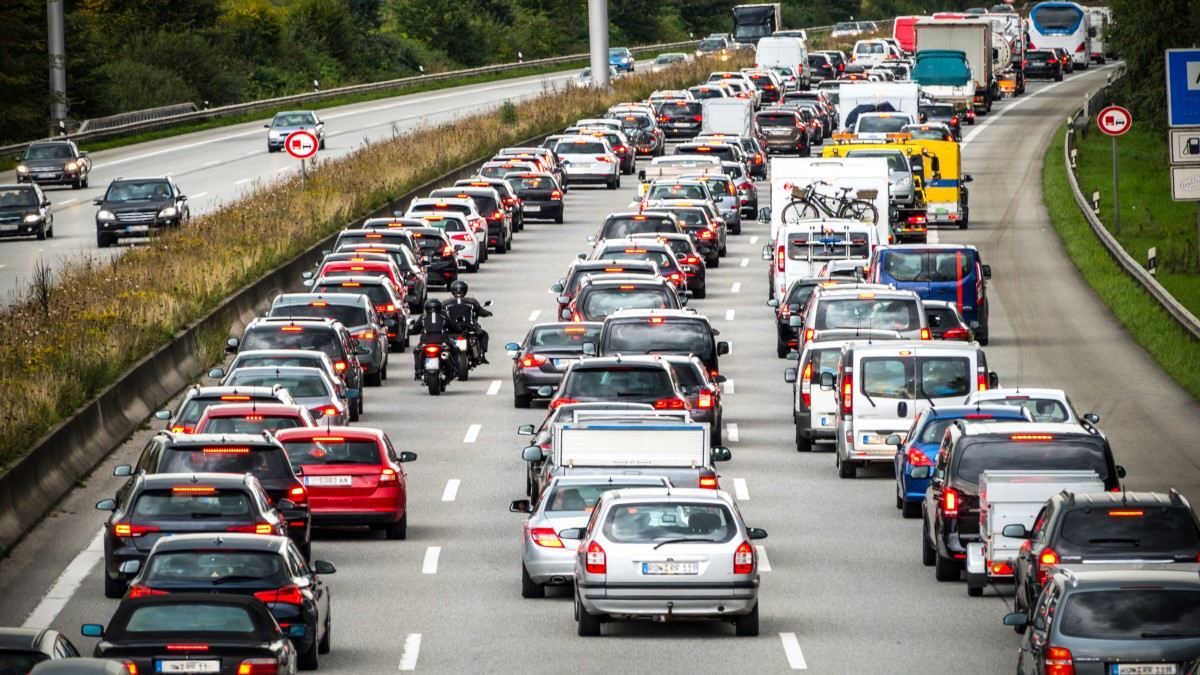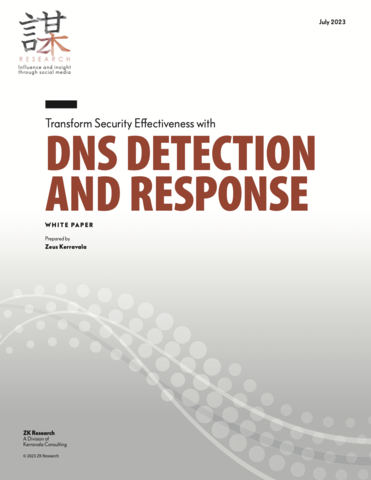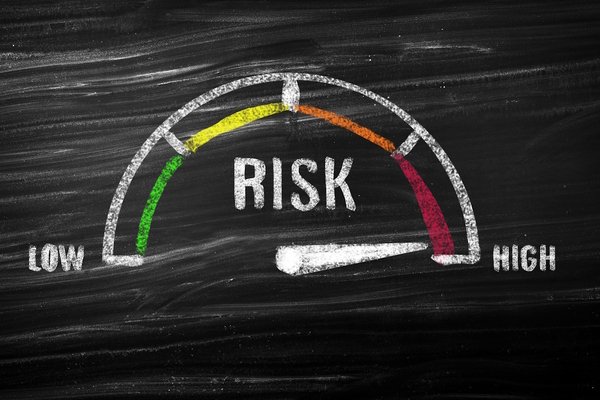Passing the test: Precise exhaust systems quality control
Sponsored by INEA
Marko Grilc, Product Manager, InSpect Vision Systems, INEA
Concern about the environment is rapidly becoming the defining global trend of our lifetime. Because of that, every industrial sector is being challenged to keep its emissions to the minimum. And as EU authorities update the European emission standards for internal combustion vehicles to be stricter every few years, there is immense pressure on the automotive industry.
Producers of catalytic converters and diesel particulate filters (DPFs) are the most impacted in the supply chain. Their products are the ones that prevent harmful gases and particles from entering the atmosphere, so they need to continuously improve to keep up with the regulations. The production of these components is divided into the extrusion of ceramic monoliths, coating with a catalytic substrate, and “canning” into final exhaust system assemblies. The three links in the supply chain are aptly named extruders, coaters and canners.
Extruders, for instance, need to increase cell density; coaters have to adapt and evolve the washcoat; and canners are responsible for the flawlessness of the end product. The increase in R&D and continuous improvement investments are needed to keep up with the standards and avoid any unnecessary costs, not only those from product recalls and individual rejects, but also non-conforming batches being produced due to process issues. This is where efficient real-time quality control comes into play.
Today’s technology allows automated, continuous and precise inspection of every single catalytic converter/DPF multiple times throughout its manufacturing process. As each manufacturing stage is a complex high-precision process, the quality control also needs to be precise, but still robust enough to work without deviations in a rough industrial environment. It is almost like having laboratory equipment installed on the factory floor and running it at the speed of production cycle times.
INEA’s solution can inspect the surface of every individual cell with a surface area of less than 0.1mm2. Since catalytic converters and DPFs work in fundamentally different ways, those cells need to either be clear in catalytic converters or sealed shut in DPFs. Possible plugged channels or optical leaks are checked for every cell, all while running the handling conveyors with speeds that can reach cycle times of under two seconds per product.
Because of the high cell density – 900 cells per square inch and more – the need arises to use a high-resolution line scan camera together with telecentric optics and special lighting. This provides a “through-and-through” image of the product and detection of any abnormalities, be it plugged cells or optical leaks. With size restrictions on the factory floor, the footprint of the machine is as small as it can be, but still large enough to accommodate various dimensions, from the smallest of products to the largest ones at 15-inch diameter and 70lb weight. The product handling system eliminates the vibrations that can occur during product transitions and the vision solution can then be used to its fullest extent.
Once the image of the product is acquired, it is processed by a series of software algorithms and the results are compared to the recipe set threshold values. The products are then flagged accordingly and either sent for further processing or quarantined. The detailed results, such as the number and location of plugged cells or leaks, are stored for further analysis so that the source of the issue can be quickly determined. This data can be used as a very effective warning system for process stages to be checked or adjusted.
As long as internal combustion vehicles dominate our highways, new methods will need to be adopted to reduce their negative impacts as much as possible. To help customers stay ahead, INEA is further developing existing approaches used in production-line vision applications. Their current emphasis is on 3D surface scanning, deep learning methods and X-ray technologies. Improvements in these areas will take the quality control one step forward and truly inspect the products inside and out.
For more information, click here.

Business Reporter Team
Most Viewed
23-29 Hendon Lane, London, N3 1RT
23-29 Hendon Lane, London, N3 1RT
020 8349 4363
© 2024, Lyonsdown Limited. Business Reporter® is a registered trademark of Lyonsdown Ltd. VAT registration number: 830519543
Join the Business Reporter community today and get access to all our newsletters, and our full library of talk show episodes
Join the Business Reporter community today and get access to all our newsletters, and our full library of talk show episodes





